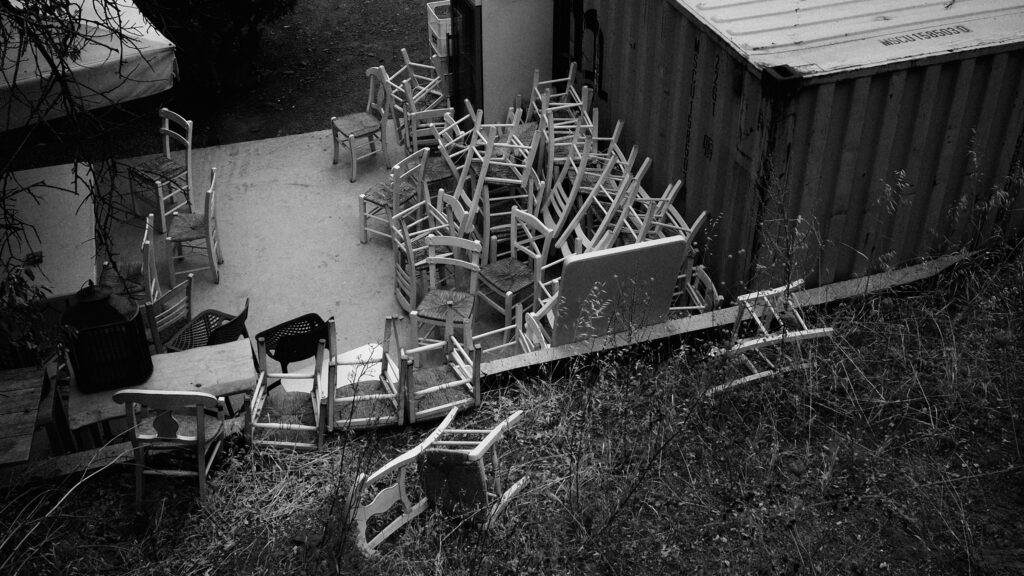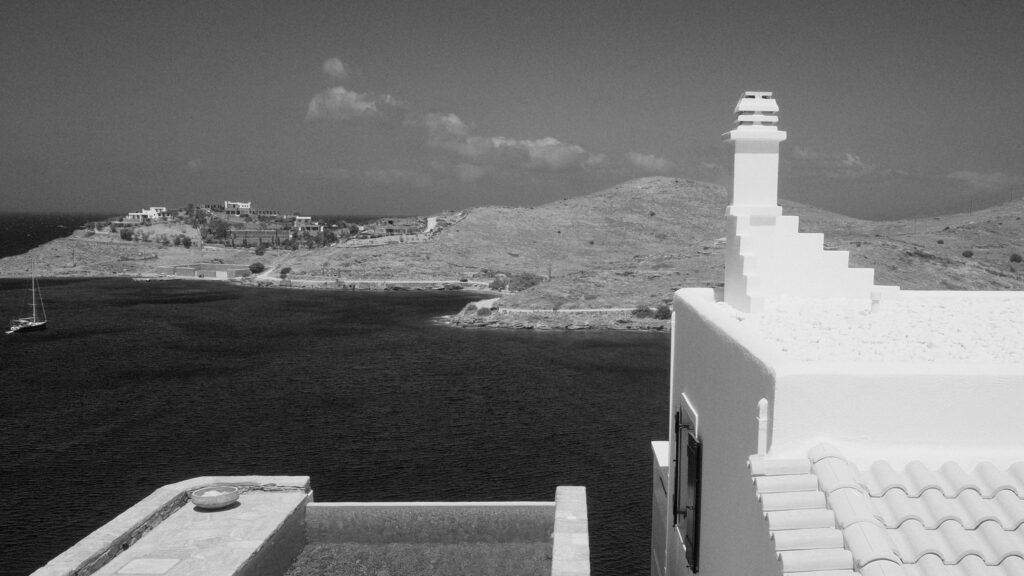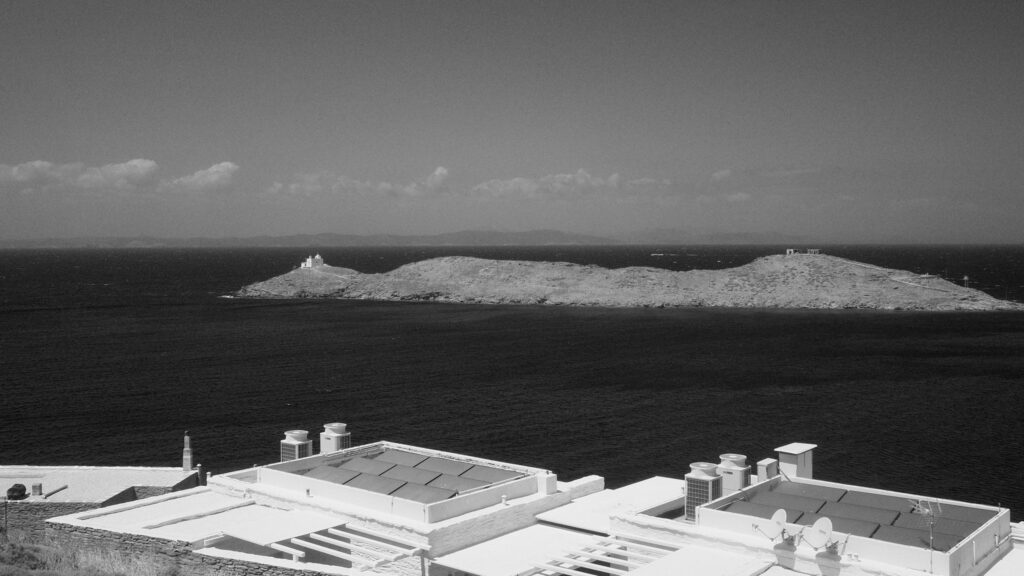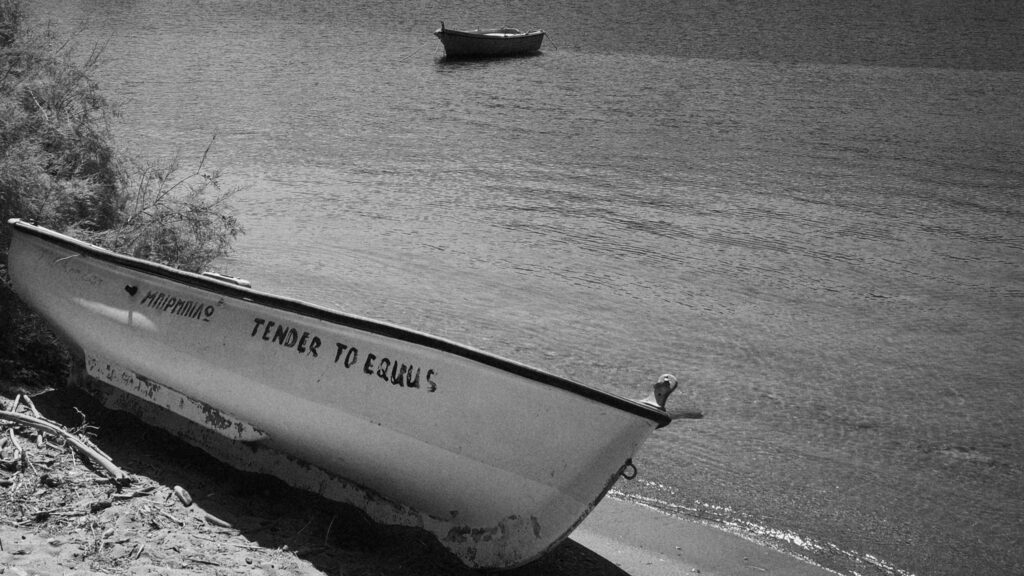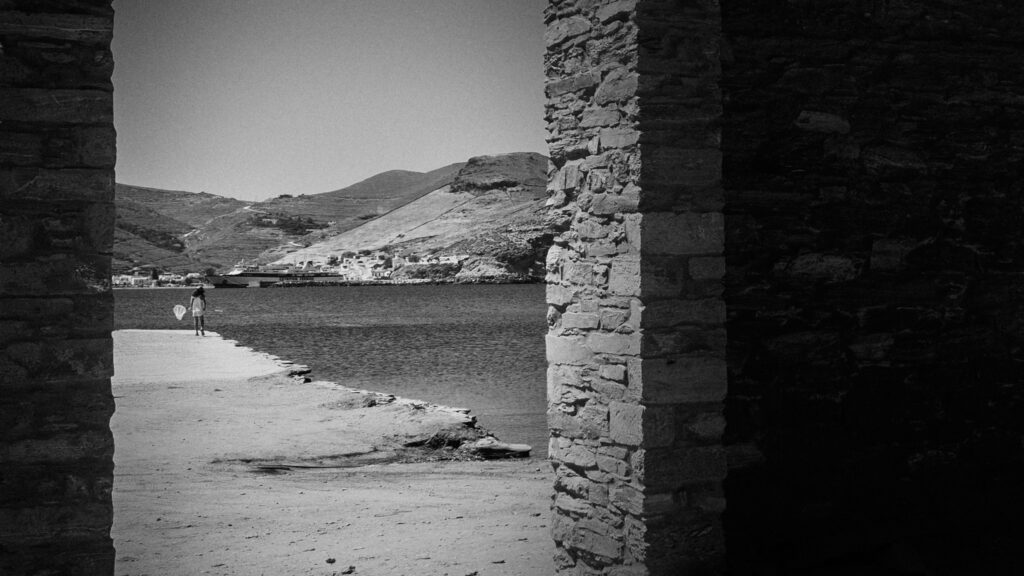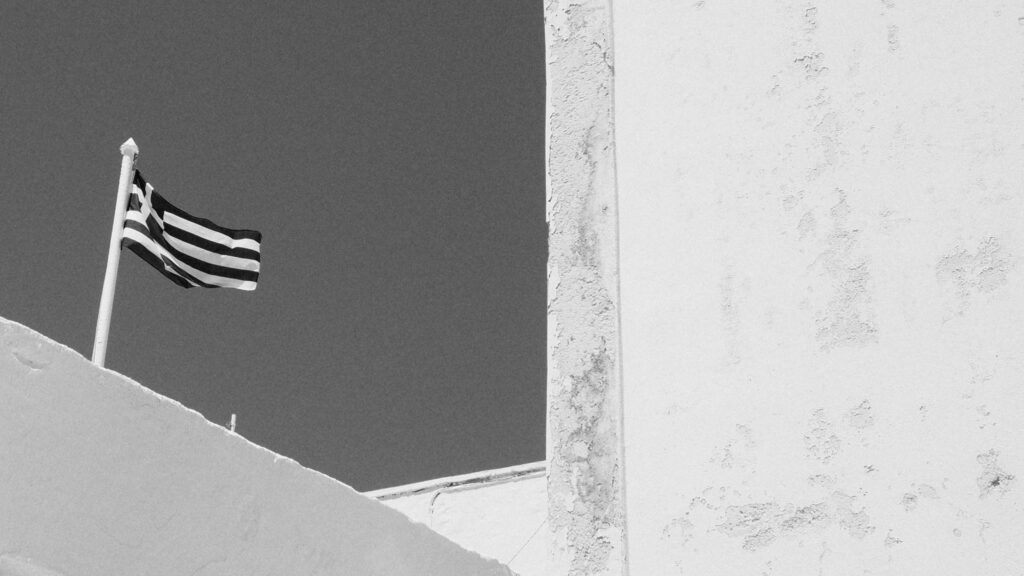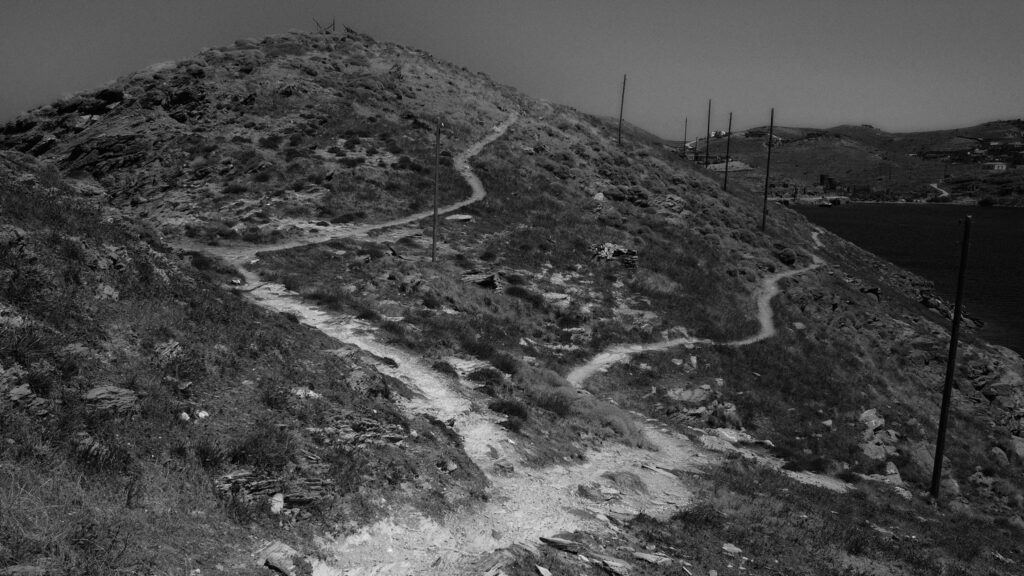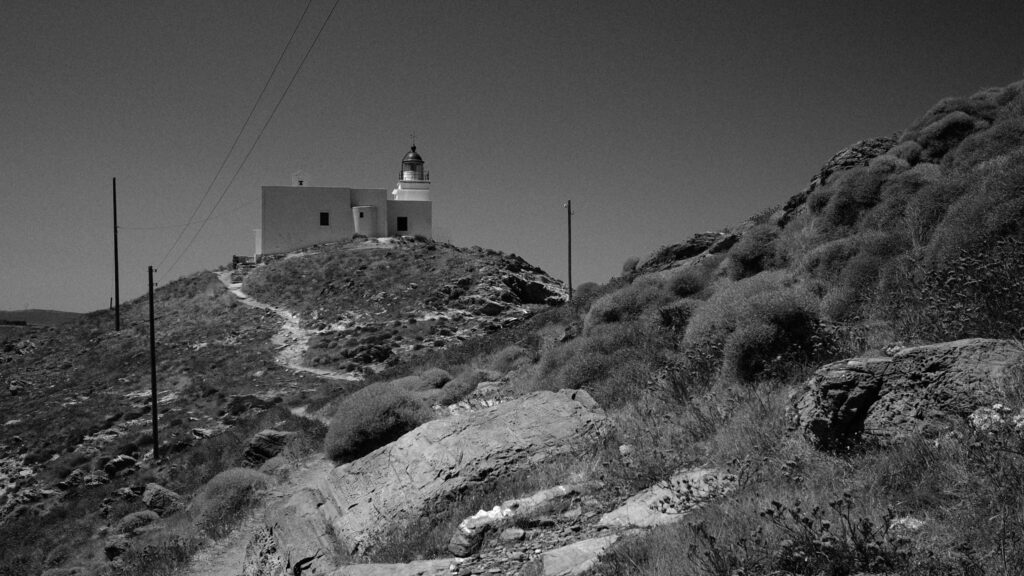From Color to Monochrome: How a 10-Year-Old Camera Rekindled My Love for B&W Photography
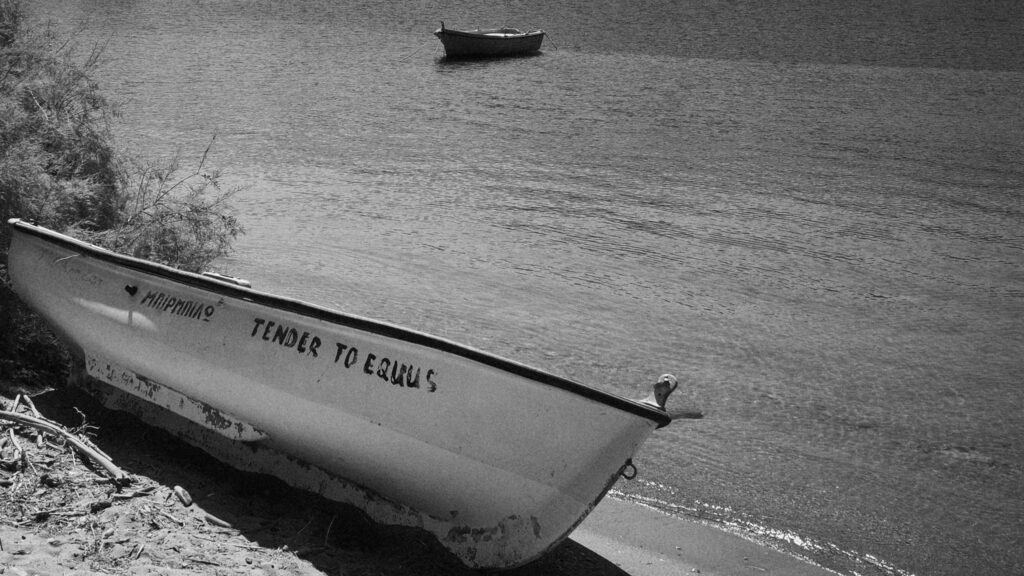
For years, my travel kit included two analogue cameras. One was loaded with colour transparency film for stock agencies. The other held black and white film, dedicated entirely to my personal work.
I spent countless hours in darkrooms, breathing in the chemical fumes of developer as the magic of analogue photography entranced me.
Yet, maybe I am a colourist at heart. My eyes always latch onto vibrant hues first.
My first major trip, driving through Mexico and the USA (with my then-girlfriend, Mu), was a riot of colour. The ease of colour often created a problem: it always took me a day or two to to truly see in monochrome. I’d often worry I’d lost the ability forever.
But I had secret weapon. A deep red filter. It transformed the world into dramatic tones, turning deep blue skies into a velvety black backdrop for puffy white clouds. It was also wonderfully forgiving on blotchy skin!
But this is all backstory. This is about now.

The Modern Monochrome Dilemma
Today, I shoot far less black and white than I’d like.
Why? Partly, I fell into the trap of wanting a consistent, colour-only look for my website and Instagram. Mostly, it’s because we all shoot in RAW—and RAW is colour by default.
So, on a recent trip to the island of Kea, Greece, I decided to play.
I dug into the features of my trusty, decade-old camera. It has a useful function: it can shoot JPEGs with baked-in creative effects alongside the RAW files. I set it to monochrome and started shooting.
The initial results were… okay. I could see the tones, but the inspiration was missing. The old, nagging thought returned: Maybe I’m just bored of taking photos. In an era where a tsunami of shit floods the internet every hour, burying any potential gem, what’s the point?
I asked myself this repeatedly while dragging myself from the comfort of shade and a cold beer to hike under the blazing sun. The whole endeavour felt pointless.
Finding a Theme and Breaking All The Rules
Slowly, almost reluctantly, a theme began to emerge. I grew mildly content. Then came the editing process. I looked at the files and thought, Sod it.
I broke my cardinal rule: I decided to crop.
In my analogue days, cropping was taboo. It represented a failure to compose perfectly in-camera. But perfection is a drag. I challenged myself to make every image work in a 16:9 cinematic format, one I often use for my film work.
A surprising thing happened. I’d expected to use the JPEGs only as a reference to edit the colour RAW files. But I didn’t need to. The in-camera black and white files were perfect. I made only minor tweaks, avoiding the process that usually “breaks” a JPEG’s integrity. Since these will likely never see a printing press, the quality was more than enough.
This is probably part one of my photographic journey in Kea. Next time, I’ll share my favourite way to photograph urban places, especially less modern ones: at night, under the spell of crazy, mixed lighting.
